
State Police in the System of German Police Organizations
State Police in the System of German Police Organizations
The Federal Republic of Germany, which is divided into 16 federal states, is for example like the US or Switzerland a state with a robust constitutional component of federalism. One expression of this orientation is the distribution of state police tasks at federal and state level. There are police forces at the Federal level in Germany and for specific cross-federal tasks. That is, in particular, the Federal Police, which is responsible among other things for border protection (BP, 40.000 officials). The BP was called until the 2005 Federal Border Guard (BGS). The Federal Police also includes the counter-terrorist unit GSG 9.
Other police organizations at the federal level in addition to the Federal Police are the Federal Criminal Investigation Department (BKA, 6.000 staff) and responsible for the security of the Bundestag building is the Police of the German Bundestag (police DBT, 200 staff). A unique role is taken by the Federal Armed Forces Police (MP) the "Feldjäger." The "Feldjäger" is exclusively responsible for military matters and form the German Military Police.
By far the most German police officers belong to the 16 state polices (250.000). Not as German state police, but as local auxiliary Police of the regulatory authorities apply in some Federal States such as Saxony and Hesse, with limited powers acting municipal security services. A unique position is taken by the "Ortspolizei" Bremerhaven (500 staff). Although it is state-owned as part of the Bremer state police, it is subordinate to the city council of Bremerhaven, which belongs to the city-state of Bremen. That makes it Germany's only local Police.
History of the German police
The development of the German police is closely related to the general historical development of Germany. In the German Empire, founded in 1871, the individual member states (Prussia, Bavaria, Saxony, Hamburg, etc.) attached great importance to the assertion of as many independent rights as possible. That included, in particular, the police sovereignty. In the German states, police duties were mainly carried out by municipal police authorities and rural gendarmes. Also, state police forces such as the "Preußische Schutzpolizei" (Schupo) was set up. In the Nazi era, the police were organized uniformly. German police, subordinated to the SS chief Himmler since 1936, was divided into order police (Schutzpolizei, municipal police, gendarmerie) and in security police (Kripo, Gestapo, Reichskriminalamt). Police and SS were organizationally and by staff connected on many levels. After 1945, under the leadership of the Allies in the western zones, independent state police emerged again. They continued to exist even after the foundation of the BRD in 1949. In the GDR, however, the People's Police (Vopo) was set up as unit police. With the reunification in 1990, the Vopo was dissolved. Also dissolved were the railway police (1992) and the Bavarian border police (1998). Their tasks took over by the Federal Border Police "Bundespolizei."
Tasks and Powers of the State Police
According to Article 30 of the German constitution "Grundgesetz" (1949), subject to constitutional exceptions, the police is a matter for the federal states. The federal states each have their police laws, in which the powers and duties of their police are regulated. In some details, these regulations may vary by country. The fundamental police laws are the same.
The police of the federal states have various preventive as well as repressive tasks. That is, the state police are active in both the field of security (protection of public order and safety) and law enforcement. In both areas, the police may also use force while respect to the proportionality of the means. Protected in particular are the legal system as a whole, state institutions, and specific individual legal interests of private persons. Worthy of protection is, therefore, for example, election events, the observance of criminal and administrative laws and the right of individuals to their lives, their physical integrity, and their property. Of central importance in the police, security is the so-called "police-law general clause." That gives police officers considerable discretion in the legitimate choice of the means they deem appropriate. In prosecuting crimes and misdemeanors already committed, police officers who investigate as an assistant of the prosecution have several powers, including the right to arrest or physical examination.
Structure of the State Police
The structure of the state police is usually a division into the areas of “Polizeivollzugsdienst” (PVD), riot control police (Bepo), training and administration and Criminal Investigation Department of the federal states (LKA). By far the highest personnel area is the police service with its nationwide about 200.000 police officers. Of these, about one fifth is female. The PVD, in turn, is subdivided into protection police, Criminal Investigation Department and if necessary, in the river police and traffic police. The Schutzpolizei also includes specialists such as K9, helicopter pilots, and police officers as well as members of bicycle and motorcycle squadrons.
In many federal states, the law enforcement officers are assisted by police officers (e.g., Wachpolizei Berlin) or by volunteers (e.g., volunteer police service Hessen) for monitoring and surveillance tasks. The state police organization is partly different according to the particular circumstances of the federal states (city-states, territorial states, coastal states). As a rule, however, the Police Headquarters or State Police Offices are subordinated under the Ministers of Interior of the federal states who are at the top of the organization chart. Next lower levels can be police headquarter and inspections that are distributed to the diverse regions. These are followed by local police stations, stations, and posts.
In the riot control police, mostly young police officers serve at the beginning of their careers. The riot control police forces are accommodated in barracks. Their units are organized in parts of hundreds.
The special police units (SEK) or mobile task forces (MEK) used in special danger situations are organizationally affiliated in some countries with the riot control police, others with the criminal investigation department of the federal states (LKA).
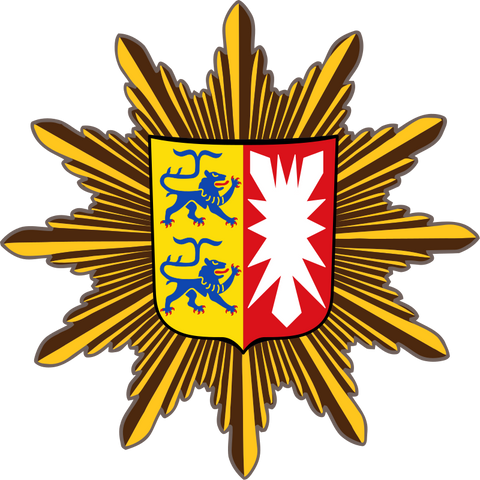
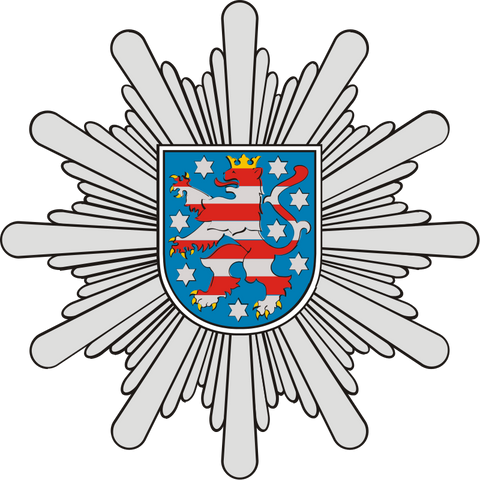
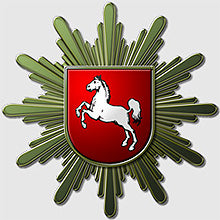
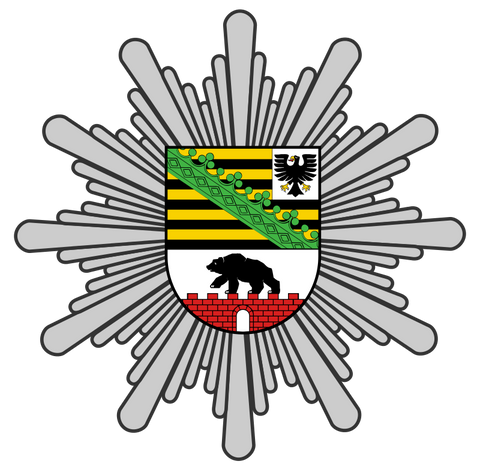


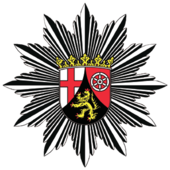
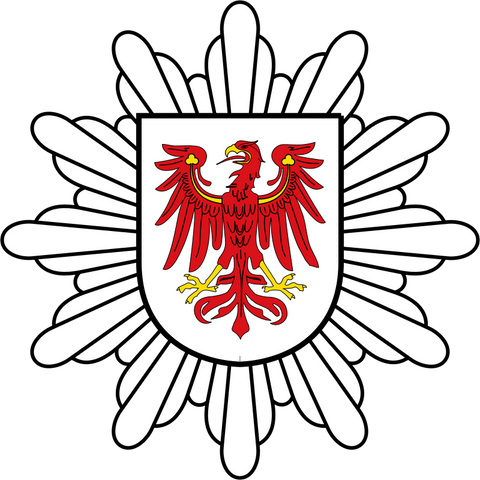
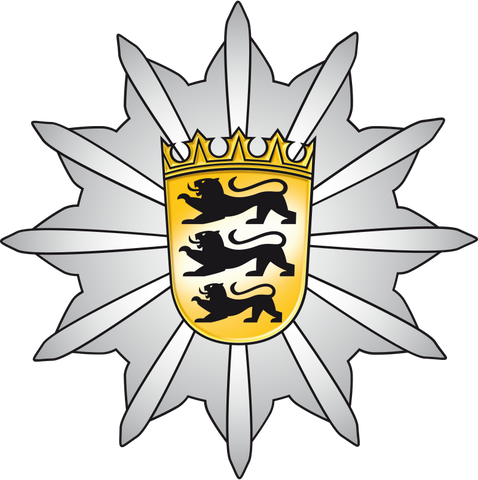
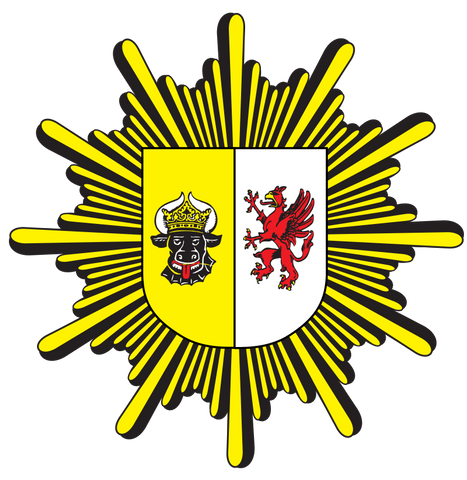
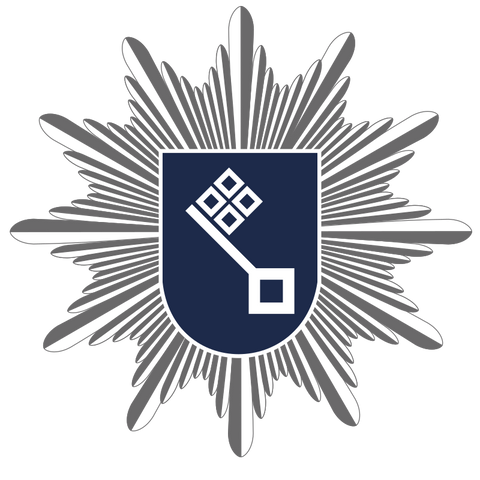
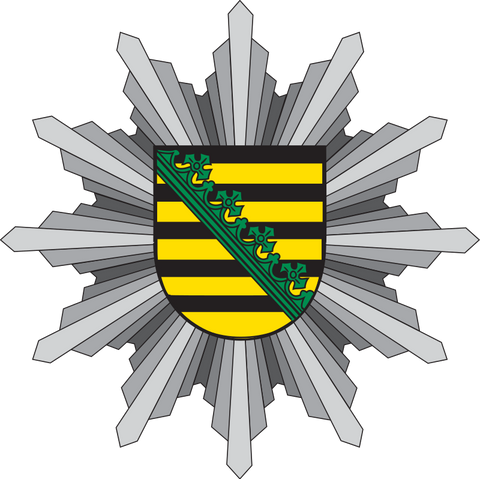
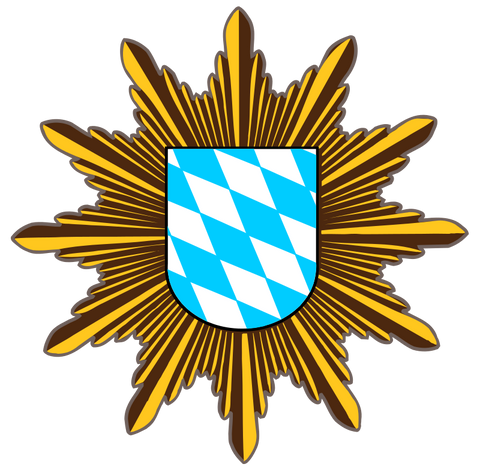
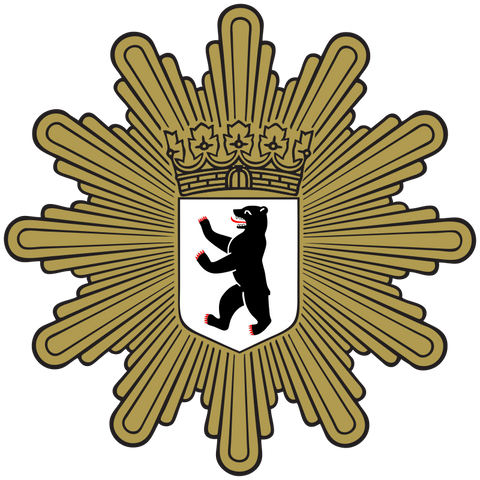


Career and official Ranges
State Police officials are assigned to the careers of the middle level, the high level, and highest-level service. Police officers on the low level have not existed since the 1970s. In the official titles (ranks) of police officers, there are only a few deviations in the federal states. The general service terms (in the male form) in the middle service are “Polizeimeister,” “Polizeiobermeister” and “Polizeihauptmeister.” On the high level, there are the “Polizeikommissar,” “Polizeioberkommissar” and “Polizeihauptkommissar” as well as the “Erster Polizeikommissar.” The highest level includes the “Polizeirat,” “Polizeioberrat” and “Polizeidirektor” and the “Leitender Polizeidirektor.” At the criminal investigation department, the titles of these otherwise identical official titles begin with the syllables “-Kriminal” instead of “-Polizei” (“Kriminalmeister,” etc.). For female police officers, the official title is supplemented by the suffix “-in” (e.g., “Polizeikommissarin”).
Police Equipment, Vehicles and Armament
The equipment of most police officers includes a police uniform. Criminal investigation department officers wear civilian clothing throughout. Since the beginning of the 1970s, the hitherto different uniforms of the state police are unified nationwide. The water police, however, kept their marine-like uniforms. The uniform green-beige uniform introduced around 1972 by the "Schutzpolizei" was gradually replaced by blue uniform models from 2003 to 2018. The approximately half a dozen today worn models differ in color, cut and cap shape sometimes significantly from each other.
The color code and the number of stars on the shoulder pieces can be used to identify the police officer's official title. Also, the color of the cap bands gives information about the career affiliation: Green band stands for medium level, silver for high level and gold green for the highest level. The "Schutzpolizei" usually has a light service uniform for administrative duties and a heavier standard uniform for field service. Besides, there are particular clothing types for special uses or special uses (riders, cyclists, etc.). Also, Kevlar vests, safety vests, hard hats, and other protective clothing are also included in the equipment of the uniformed and non-uniformed policemen. To fulfill their duties, police officers always or occasionally carry other gear with them or in the patrol vehicle. These include mobile radios, gloves, and handcuffs.
Furthermore, police officers carry defense weapons such as baton and pepper spray. In the extreme case firearms are also part of the police equipment. The individual federal state polices uses different models of weapons. In particular, HK P30, Walther P99, HK P2000, and HK SFP9 are in use. In addition, models that have not been reissued, such as the Walther PPK, P6 or SIG Sauer P228, will continue to be used. Furthermore, submachine guns such as the HK MP7 and MP5, which are used in particular by MEK and SEK, are also permitted for police use.
Among the vehicles used by the state police are in addition to the patrol cars, among other things, larger and smaller group vehicles, used in traffic monitoring as test vehicles, speaker cars, medical vehicles, water cannons for riot control and special armored cars. Also, helicopters, motorcycles, bicycles, and watercraft are also part of the state police vehicle pool.